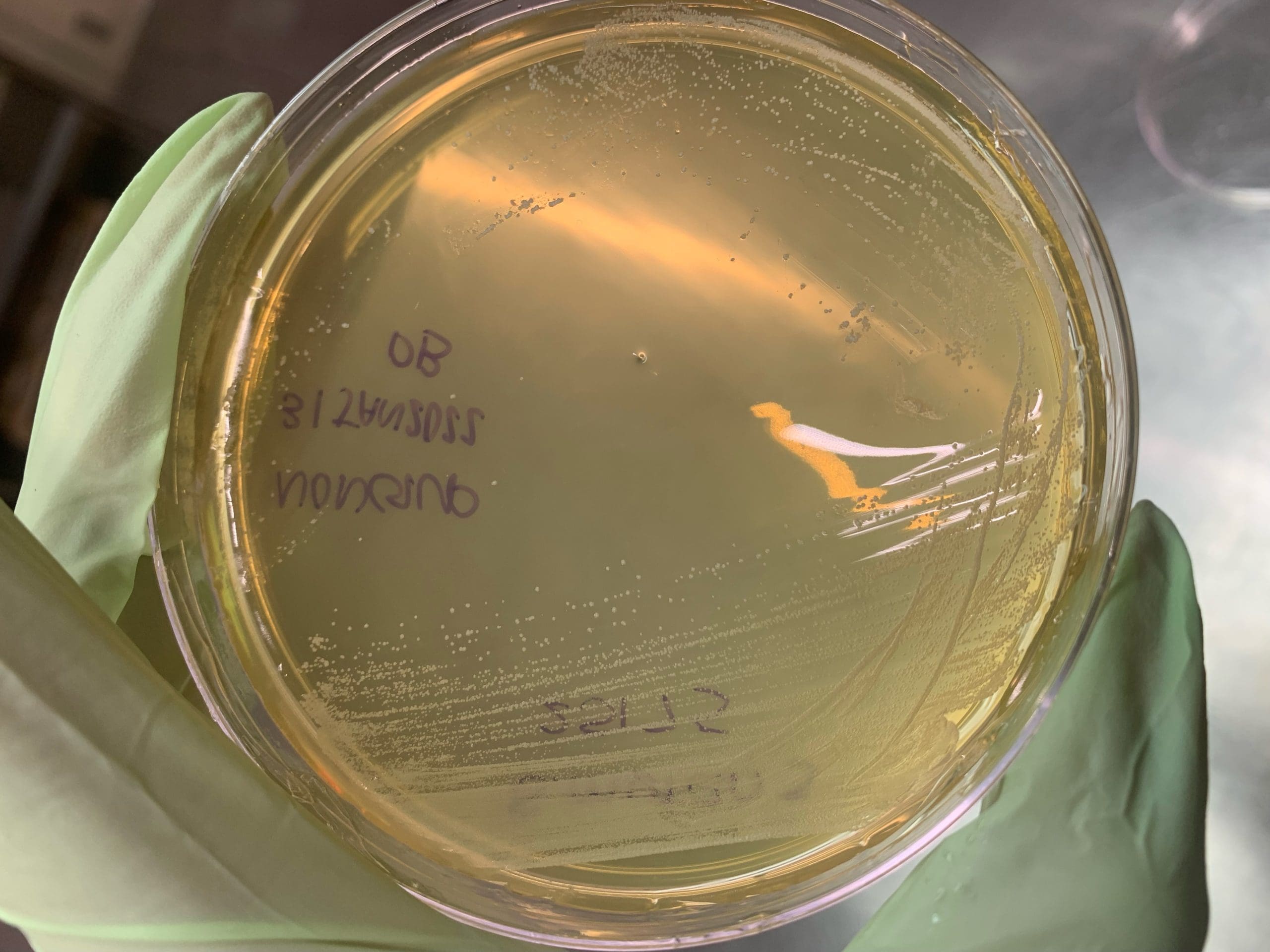
Get A Testing Quote
Streptococcus mutans
STRUCTURE AND PHYSIOLOGY
Streptococcus mutans is a Gram-positive, spherical, facultatively anaerobic bacterium found in the human oral cavity. This microorganism thrives in acidic environments and is known to form biofilms.
TRANSMISSION AND DISEASE
S. mutans is commonly associated with oral disease and tooth decay. By metabolizing sucrose to lactic acid, S. mutans facilitates the demineralization of tooth enamel, resulting in dental caries. It has the potential to generate plaque and create dental biofilms. S. mutans can also lead to certain cardiovascular diseases and bacteremia.
DISINFECTION
Fluoride and mechanical cleaning methods are most commonly used to help reduce the number of S. mutans bacteria. Antimicrobial rinses are also used to eliminate or reduce the presence of S. mutans plaques.
REFERENCE(S)
Newcastle University Dental School. “Streptococcus mutans and the mutans streptococci. In: The Oral Environment, online tutorial”. Archived from the original on 2013-11-05. Retrieved 2013-11-04.
Nakano, Kazuhiko; Nomura, Ryota; Ooshima, Takashi (2008). “Streptococcus mutans and cardiovascular diseases”. Japanese Dental Science Review. 44: 29–37. doi:10.1016/j.jdsr.2007.09.001
Finkelstein P, Yost KG, Grossman E (1990). “Mechanical devices versus antimicrobial rinses in plaque and gingivitis reduction”. Clinical Preventive Dentistry. 12 (3): 8–11. PMID 2083478.
Share

